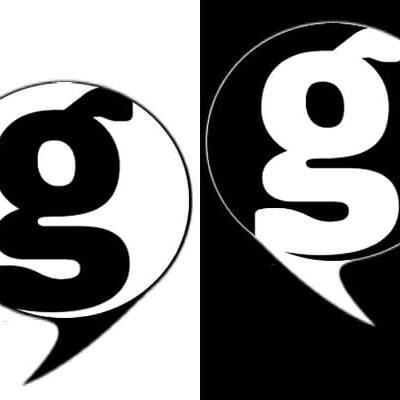
 An integral part of studying abroad is the education outside the classroom, including trips to other parts of the country, impromptu language lessons at the local market and, of course, learning how the locals party.
An integral part of studying abroad is the education outside the classroom, including trips to other parts of the country, impromptu language lessons at the local market and, of course, learning how the locals party.
In Iceland, most parties take the form of late-night excursions to the many bars and clubs around the city, but beyond that, there are many uniquely Icelandic festivals through the year.
When I heard the word Thorrablot, I assumed it was based on an ancient and sacred tradition in which one would make offerings—blot is the Old Norse word for sacrifice—to the god Thor. In truth, the festival was invented in the 19th century as a part of the nationalism and interest in reviving ancient traditions that characterized the Romantic movement. It is allegedly based on feasts that took place during the month of Thorri, which ran from late January to late February, but the Thorrablot as it is known today is a product of the 19th and 20th centuries. When it was first conceived, Thorrablot was celebrated by the reciting of poems and songs in the old Nordic style, in an attempt to recall what was considered a golden age. Nowadays, it primarily involves the consumption of traditional Icelandic food, and this, as my fellow exchange students and I suspect, is a way of testing the toughness of newcomers to the country. Celebrating one’s first Thorrablot is one thing, but surviving its culinary offerings is the real rite of passage. It serves such foods as sour whale, fermented shark, sheep head, blood sausage and ram’s testicles, as well as copious quantities of the local alcohol, brennevin, fittingly nicknamed “Black Death.” Our exchange group had the good fortune to try these foods at the same time and get them over with, so to speak; the primary entertainment of the evening was seeing the mass reactions to the food that was served.
The month of Thorri is one of relative darkness and cold here and was once—that is, before the time of imported foods—a time of hunger. The foods that are now so renowned and feared by foreigners were once some of the only ones that could keep through the winter. Today, they are considered a major part of Icelandic heritage and prized as such, though their origin is in famine.
Thorri begins with Husbands’ Day, which celebrates Icelandic husbands, originally only farmers. The first day of the next month is Wives’ Day. Aside from the feasts held in the middle of the darkest period of winter, these celebrations begin and end the month of Thorri with gifts between couples. They are less public holidays due to their specific nature, but widely celebrated in the country.
Carnival or Ash Day is the next major festival, this one linked to Christian tradition. This celebration begins the period of Lent and as such it is also deeply connected to food. Curiously, it combines the European-style Carnival with American trick-or-treating. Children go to shops throughout the day and sing for candy, while in the evening older students and adults tend to take this opportunity for drunken revelry. Of course, costumes are a major part of the day. The blend of traditions present in this festival is interesting and a little disorienting for a foreigner. (The mainland Europeans I asked about the subject confirmed that they had not seen Ash Day trick-or-treating before, and it appears to be uniquely Icelandic.) The customs vary somewhat between cities; Akureyri, considered the Ash Day capital, has the tradition of making a large piñata and hoisting it in the town square. Other cities enjoy a mix of celebratory methods, most of them involving a great deal of candy.
The traditional food for this festival is much more palatable: cream-filled and chocolate-topped buns, sometimes made with strawberries. Every bakery in Reykjavik had them made up a few days before the event itself, and the smell is heavenly.
Of particular interest to students is Beer Day, which is celebrated March 1. This marks the end of prohibition in Iceland. Beer prices, normally rather high, drop for the benefit of those wishing to partake in the festivities.
Iceland’s summer festivals are apparently similarly colourful, though I have not experienced them in person. Some of the more particular ones include Seafarers’ Day, in June, Midsummer, and National Day, June 17.
With all these festivals in mind, you’ll never a miss a day of partying while traveling abroad.






